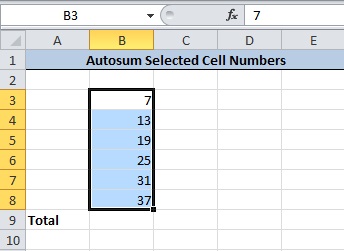

That's what you'll see in action in the third and fourth example. This is called concatenation, which you can learn more about here. In the third and fourth examples, we have to play a bit of a trick on Excel to get it to recognise our criteria (remember that the second example doesn't work, which is where most people get stuck).īecause we want to combine text ( >) with a cell reference ( D5) to get our criteria, we have to join them together into a single string of text, which Excel can then understand. any values greater than or equal to the value in D5.

There is an example of how do to this in the comments below. When using text criteria, you can also use the * as a wildcard to match only a portion of the text value. There is an example of how to do this in the comments below. This might be useful in the previous example where we wanted to add up all rows where the Day column included "Monday". You can use SUMIF to add up one column where the value in another column matches a text value in another column. Now, the SUMIF function checks the quantities in column B to see if they match the criteria supplied, and adds the sales value in column C if they do.

Excel knows you want to match cells with a value of 500. To add up all values that equal 500: enter 500 as the criteria. One of the tricky things when constructing a SUMIF function is how to present the criteria. In the two examples above, the first example doesn't need you to provide a sum_range, while the second example does. It is optional if you leave it out, Excel will check the criteria against the sum_range. sum_range is the range of cells that will be added up.criteria is the criteria which must be met for a cell to be included in the total.range is the range of cells you want to add up.The SUMIF function has the following syntax: Sales) where the cells in another column (e.g.

You want to add up all the cells in a range where the cells in another range meet a certain criteria, e.g.Sales) that contain a value of $500 or higher. You want to add up all the cells in a range that meet a certain criteria, e.g.There are two common scenarios for using SUMIF: That's where the SUMIF function comes in handy, along with the more capable SUMIFS function. However, sometimes you only want to add up the cells that meet certain criteria. The SUM function in Excel allows you to add up the values in a range of cells.


 0 kommentar(er)
0 kommentar(er)
